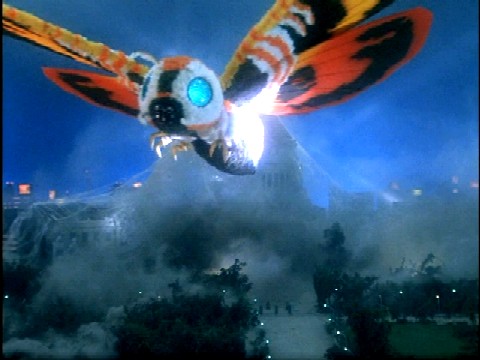Posted 08.14.2012 at 1:20 pm4 Comments

=
The first serious indications of the ecosystem impact of the Fukushima nuclear disaster in Japan are in, and they’re troubling. Researchers there collected 144 common pale grass blue butterflies from the region a couple of months after the catastrophic nuclear meltdowns leaked radiation into the environment last year. After studying them for a few generations, those researchers are finding signs of genetic mutations that are leading to physical abnormalities.
Those abnormalities include smaller-sized wings, disfigured antennas, strange indentations in the eyes, and shifts in wing color patterns. Initially, only 12 percent of the butterflies sampled showed such mutations. But samples collected six months later showed abnormalities on the rise--28 percent of this second group exhibited abnormalities while 52 percent of their offspring expressed mutations, indicating that the genetic issues arising from the radiation exposure are manifesting themselves further generation after generation.
Radiation spilled into the region after the March 2011 9.0-magnitude Tohoku earthquake knocked backup generators offline at a local nuclear power station. The inability to cool those reactors in the immediate aftermath of the earthquake caused meltdowns at three of the station’s reactors.
So....are we going to see Mothra level Tokyo??





No comments:
Post a Comment